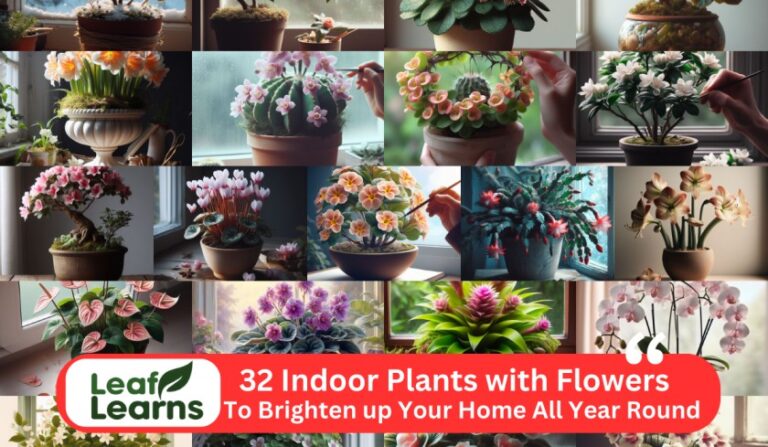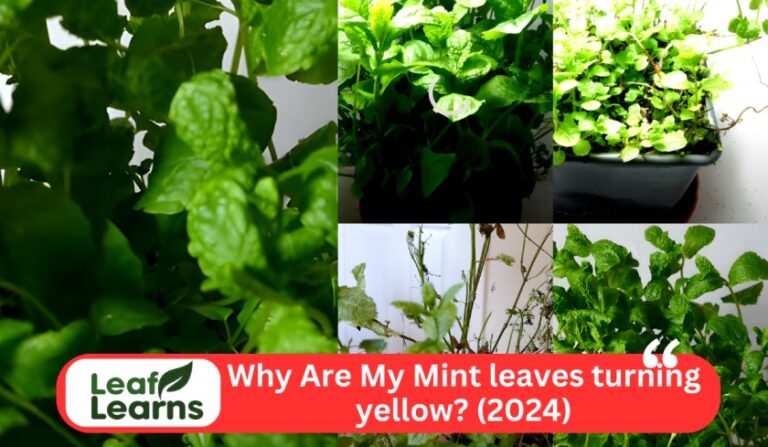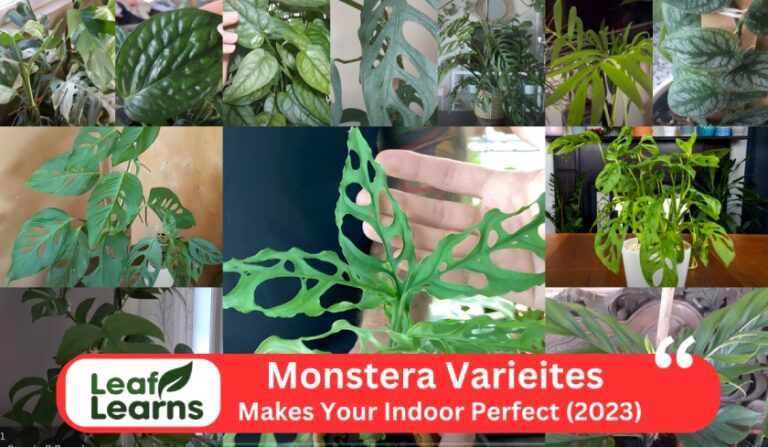Best Methods for Indoor Plant Fertilization (2023)
Indoor plant, indoor flowers, houseplant or entire indoor garden all are need proper indoor plant fertilization for their proper growth and also for their proper nutrition. This indoor plant fertilization provide the all types of plant to better Nutrients to support in their growth and development.
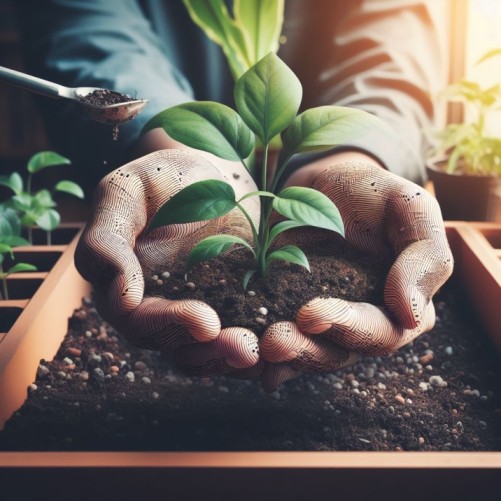
Contents
- 1 Characteristics
- 2 6 Quick Tips for Fertilizing Indoor Plant
- 3 What is fertilizer?
- 4 Types of Indoor Plant Fertilizations
- 5 What Kind of Fertilizer Should You Use?
- 6 The Best houseplant fertilizer schedule
- 7 When to Apply Fertilizer
- 8 How to Apply Fertilizer
- 9 Why do Fertilize?
- 10 New Growth, Now What?
- 11 Plants You Should Not Fertilize Often
- 12 How to manage the nutrient needs of Indoor plants
- 13 Ingredients in Indoor plant fertilizers
- 14 Use Liquid Fertilizer
- 15 Try Slow Release Fertilizer
- 16 Use Granular Fertilizer
- 17 Tips for Buying Fertilizer
- 18 Summer houseplant fertilization schedule:
- 19 Fall houseplant fertilization schedule:
- 20 Winter houseplant fertilization schedule:
- 21 What do the numbers on fertilizer mean?
- 22 Is solid or liquid fertilizer better?
- 23 Is chemical or organic fertilizer better?
- 24 Ingredients in Indoor plant Fertilizers
- 25 3 Ways I Feed Indoor Plants
- 26 Don’t Fertilize A Plant That Is Bone Dry And Stressed (wilting or drooping)
- 27 Fertilize When You Re-pot Your Indoor Plants
- 28 Common Mistakes to Avoid
- 29 Creating Thriving Indoor Gardens: Understanding Fertilization in Plants
- 30 FAQs
Characteristics
The best plant growth depends on your fertilizer choice or specific brand a DIK organic mix or a natural alternative.Care should be taken while fertilizing, taking into account things like the type of indoor plant, its stage of growth, and seasonal fluctuations.
While it’s crucial to give your indoor plants the nutrients they need, over-fertilizing may be harmful and result in problems like fertilizer burn or stunted growth. Understanding when and how often to fertilize is essential for sustaining ideal plant health since timing also plays a significant influence.
If you want to create a vibrant and blooming green sanctuary in your house, learning the art of indoor plant fertilization is crucial. This is true whether you’ve been caring for indoor plants for a while or are just getting started.
6 Quick Tips for Fertilizing Indoor Plant
Use balanced indoor plant fertilizer with equal N-P-K ratios by choosing the appropriate fertilizer.
Read the guidelines: For information on how much and how frequently to fertilize, always refer to the label.
Water Initial: Before fertilizing, water your plant to prevent harm and improve nutrient uptake.
Fertilise during the growing season by feeding once every 4-6 weeks in the spring and summer and less frequently in the autumn and winter.
Young Plants: Weaken the fertilizer as suggested for young or newly potted plants to prevent overpowering them.
Observe the Signs: Watch for signs of nutritional deficiencies in your plant, such as yellowing, sluggish growth, or brown tips, and adjust fertilization as necessary.
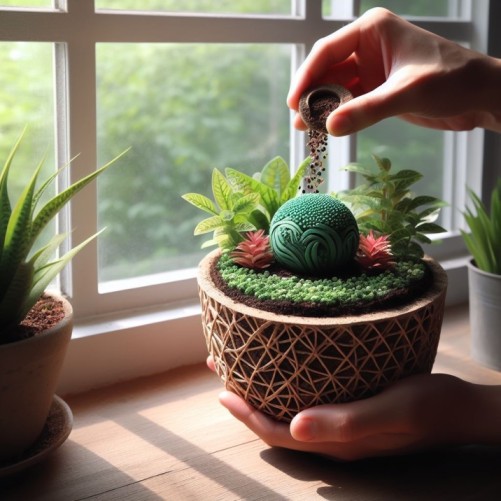
What is fertilizer?
In order to help plants grow, develop, and produce stronger leaves, flowers, and fruits, fertilizer is a material that is given to the soil or plants. It provides important nutrients like nitrogen, phosphorus, and potassium.
Types of Indoor Plant Fertilizations
Organic Fertilizers: These include fish emulsion, manure, compost, and bone meal. They deliver nutrients gradually and are made of natural materials.
Inorganic Fertilizers: Examples include ammonium nitrate, urea, and superphosphate, which are also referred to as synthetic or chemical fertilizers. They offer nutrients in a form that is easily absorbed.
Slow-Release Fertilizers: These gradually release nutrients over a lengthy period of time. Osmocote and coated granular fertilizers are two examples.
Liquid Fertilizers: These come in liquid form, and before use, they are often diluted with water. Examples include fish fertilizers and liquid seaweed.
Granular Fertilizers: These are put straight to the soil and come in granular form. Depending on the kind, they can either have a sluggish release or a quick release.
Specialty Fertilizers: These are designed for certain plant species or environmental conditions, such as lawn fertilizers, orchids, and plants that thrive in acidic environments.
Balanced Fertilizers: These are frequently identified with an N-P-K ratio, such as 10-10-10, and contain equal quantities of nitrogen (N), phosphorous (P), and potassium (K).
Micronutrient Fertilizers: These give soils that may be deficient in iron, manganese, and zinc vital trace nutrients.
Liquid Seaweed Fertilizers: These are made from seaweed and are a great source of vitamins and hormones that encourage development.
Fish Emulsion: Made from fish waste products, it’s a source of nutrients and organic matter.
What Kind of Fertilizer Should You Use?
The correct fertilizer must be used when fertilizing indoor plants. Select a formula that is balanced and water-soluble.
Choose one with a balanced balance of potassium (for general health), phosphorus (for strong roots), and nitrogen (for leaf growth). Your indoor plants will thrive if you use this well-balanced mixture.
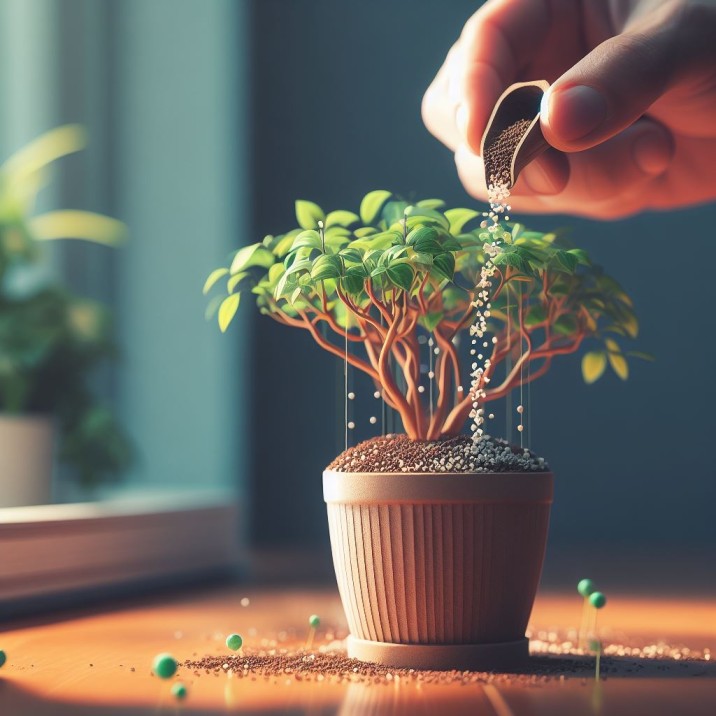
The Best houseplant fertilizer schedule
Follow a basic houseplant fertilizer program if you want your indoor plants to thrive. A balanced liquid fertilizer is a good place to start since it offers the required nutrients in an easily absorbed form.
Feed your plants every two to four weeks during the growing season (usually spring and summer), diluting the fertilizer to half the recommended dosage.
Reduce fertilization during the dormant season (autumn and winter) to once every 6-8 weeks. Always maintain consistency for happy, healthy indoor plants!
When to Apply Fertilizer
For the health of your indoor plants, fertilizer application is essential. Plants require the greatest nutrients throughout the growth season, which is often spring and summer.
Start when new growth appears and finish in the late summer. Use a balanced liquid fertilizer once a month, diluted to half strength.
Always follow the directions on the packaging to avoid damaging your plants by over fertilizing. Keep in mind that with the appropriate feeding regimen, healthy indoor plants thrive!
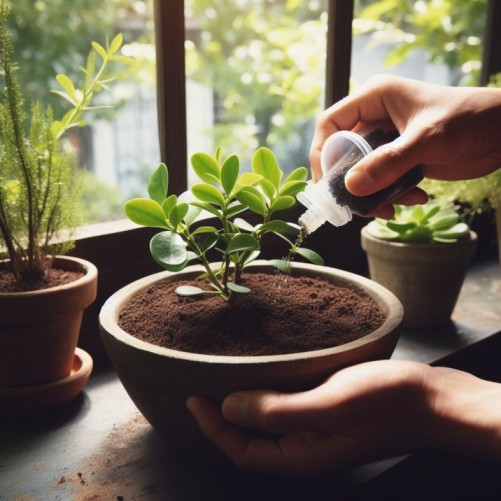
How to Apply Fertilizer
It’s crucial to know how to properly apply fertilizer if you want to maintain the health of your indoor plants. First, pick a balanced liquid fertilizer (such as 10-10-10) with equal N, P, and K amounts.
As directed on the label, dilute it to half-strength. Before applying, properly water your plant. After that, avoid the leaves when you apply the diluted fertilizer around the plant’s base.
Throughout the growth season (spring and summer), repeat this process every 4–6 weeks. Remember that happy plants create happy homes and never fertilize your plant more than is necessary.
Why do Fertilize?
Why should we feed indoor plants fertilizer? Giving plants fertilizer is like feeding them a nutritious meal to help them grow big and robust. Plants require nutrients to remain healthy, just like humans do.
The vital vitamins and minerals that soil may lack are supplied by fertilizers. These elements support the growth of roots, leaves, and flowers in plants.
So, by fertilizing our indoor plants, we essentially give them a nutrient boost to grow and look their best. It’s like a super food from plants!
New Growth, Now What?
Fresh Growth? Next, what? Giving indoor plants the proper fertilizer to use implies taking care of their new development. In order to flourish, plants require nutrients like nitrogen, phosphorus, and potassium.
Pick a well-balanced, water-soluble fertilizer, and then adhere to the label’s directions. Typically, you should feed your plants during the growth season, but don’t go overboard because doing so might hurt them.
Monitor the health of your plant and change your fertilization schedule as necessary. You know you’re doing it properly when you see healthy new growth!
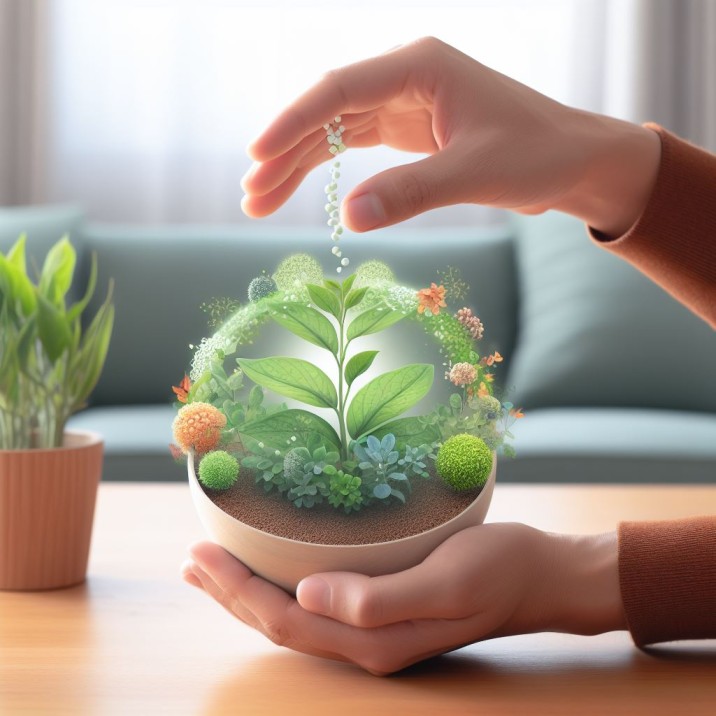
Plants You Should Not Fertilize Often
Although fertilization of indoor plants is essential for their healthy growth, not all plants require regular feeding.
Some plants, such as succulents and snake plants, may survive with little fertilizer. These plants can suffer from over fertilization.
Utilize a balanced liquid fertilizer diluted to half strength and stick to your plan. Keep in mind that while caring for indoor plants, less is sometimes more.
How to manage the nutrient needs of Indoor plants
Understanding the nutritional requirements of indoor plants is essential to ensuring their health and vibrancy.
Start by selecting a fertilizer that is balanced, often having an N-P-K ratio of 10-10-10 (nitrogen, phosphorus, potassium).
During the growth season, use it every 4-6 weeks after diluting it as directed by the box. After fertilizing, water the plant well to avoid root burn.
Your indoor plants will thrive if you follow this easy regimen.
Ingredients in Indoor plant fertilizers
Fertilizing indoor plants is crucial for their healthy growth. Important components found in fertilizers are nitrogen, phosphorus, and potassium (NPK).
Nitrogen encourages the growth of leafy greens, phosphorus aids in the formation of roots, and potassium improves plant health in general.
These components act as vitamins for your plants, promoting their growth. Remember to stick to the dose and time suggested to keep your indoor plants healthy and happy.
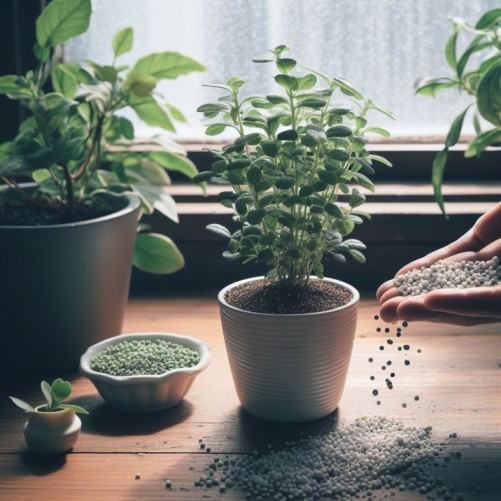
Use Liquid Fertilizer
Utilise liquid fertilizer to maintain the health of indoor plants. It’s an easy and efficient technique to deliver important nutrients.
The fertilizer should be diluted as directed before being used to gently water plants. This fosters their development, blooming, and continual vitality.
Keep in mind that excessive fertilization might hurt your plants. An indoor garden that is flourishing benefits from regular feedings with liquid fertilizer.
Try Slow Release Fertilizer
Use slow-release fertilizer to efficiently feed your indoor plants. This kind of fertilizer distributes nutrients gradually, ensuring that your plants have a consistent amount of food throughout time.
Simply sprinkling the necessary quantity onto the soil’s surface will do the trick.
It’s a quick and effective approach to maintaining the health and growth of your indoor plants without having to worry about periodic fertilizing.
Use Granular Fertilizer
Granular fertilizer is necessary to maintain the health and growth of your indoor plants. Small, firm pellets of this form of plant food slowly release nutrients.
Just scatter the granules over the soil’s surface and continue to water your plants normally.
Your indoor plants will receive a consistent supply of vital nutrients thanks to this slow-release technique, which encourages lush growth and vivid foliage.
For optimal results, keep in mind to adhere to the product’s instructions!

Tips for Buying Fertilizer
- When purchasing fertilizer for indoor plants, look for a balanced NPK ratio, such as 10-10-10.
- Select a formula that is water soluble or slow-releasing.
- Based on the demands of the plant, choose organic or synthetic.
- Look for micronutrients like calcium and iron.
- For ease, think of granular or liquid versions.
- To apply, follow the directions on the packaging.
- Don’t overfertilize your plants; it might be harmful.
- To avoid accumulation, regularly rinse the soil with water.
Summer houseplant fertilization schedule:
- Before fertilizing, properly water the plants.
- Use a liquid fertilizer that has balanced N, P, and K ratios.
- Use fertilizer every four to six weeks.
- For sensitive plants, dilute fertilizer to half intensity.
- Avoid overfertilizing your plants since it might hurt them.
- Keep an eye out for nutrient shortage symptoms like yellowing leaves.
- For the greatest outcomes and healthy indoor plants, adhere to label recommendations.
Fall houseplant fertilization schedule:
It’s crucial to provide your indoor plants with the nutrients they require to grow throughout the Autumn indoor plant fertilization program.
As plants go into dormancy at this time, fertilizer frequency should be decreased.
Use a water-soluble, balanced fertilizer that has been diluted to half the recommended concentration. To prevent overfeeding, apply every 6 to 8 weeks.
Keep in mind that happy houses have healthy plants.
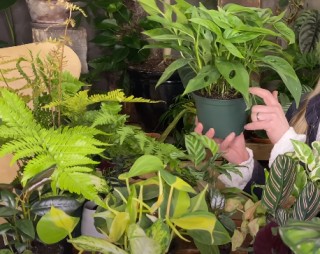
Winter houseplant fertilization schedule:
Your indoor plants require different care throughout the winter. To keep indoor plants healthy in the winter, adhere to a straightforward fertilization regimen.
Cut back on fertilizing to once every 6 to 8 weeks. Use a balanced liquid fertilizer (such as 10-10-10) that has equal N-P-K ratios.
Reduce its suggested strength by half. To avoid overfeeding, apply it lightly.
This will encourage healthy development and beautiful leaves in the warm indoor atmosphere.
What do the numbers on fertilizer mean?
The letters N, P, and K on fertilizer bags stand for nitrogen, phosphorous, and potassium, the three minerals that are crucial for plant growth.
The first value displays the nitrogen content, which encourages the development of leaves.
The second is phosphorus, which is essential for root growth, and the third is potassium, which is necessary for plant health in general.
A fertilizer with the composition 10-20-10 contains 10% nitrogen, 20% phosphorus, and 10% potassium.
Is solid or liquid fertilizer better?
Fertilizers, both liquid and solid, have benefits and drawbacks. Solid fertilizers are simpler to transport and store, but their nutrient delivery to plants may be delayed.
Although liquid fertilizers can be absorbed rapidly and have a quicker action, they must be handled and stored properly.
The decision is based on your tastes and needs.
When determining which is preferable for your garden or crops, take into account elements like application technique, practicality, and nutrient availability.
Is chemical or organic fertilizer better?
Chemical Fertilizers
- Quick nutrient release
- High nutrient concentration
- May harm beneficial soil organisms
- Potential for water pollution
- Synthetic chemicals
Organic Fertilizers
- Slow nutrient release
- Lower nutrient concentration
- Improve soil structure and microbial activity
- Environmentally friendly
- Derived from natural sources (compost, manure)
Ingredients in Indoor plant Fertilizers
Three essential components are commonly included in indoor plant fertilizers to support wholesome growth:
Nitrogen (N): Essential for the growth of leaves and general vegetation.
Phosphorus (P): Promotes fruiting, blooming, and root development.
Supports overall plant health, disease resistance, and stress tolerance thanks to potassium (K).
On fertilizer labels, these components are frequently shown in N-P-K ratios, such as 10-15-10, which indicate the proportional quantities of each nutrient for simple selection and application.
3 Ways I Feed Indoor Plants
Here are three easy ways to feed indoor plants, presented in a simple table for clear understanding:
| Method | Frequency | Description |
| Watering | Weekly | Use room-temperature water, ensuring drainage. |
| Liquid Fertilizer | Monthly | Dilute fertilizer as per label instructions. |
| Organic Matter | Biannually | Add compost or topsoil for nutrient replenishment. |
Don’t Fertilize A Plant That Is Bone Dry And Stressed (wilting or drooping)
It’s crucial to avoid fertilizing a bone-dry and stressed plant, exhibiting wilting or drooping. Doing so can harm the plant further. Here’s a simple table to guide you:
| Plant Condition | Fertilize? |
| Moist, healthy soil | Yes, as recommended |
| Dry, stressed (wilting) | No, wait until revived |
| Over-fertilized | No, flush excess first |
Fertilize When You Re-pot Your Indoor Plants
When repotting indoor plants, it’s crucial to fertilize appropriately to promote healthy growth. Use a balanced indoor plant fertilizer and follow the recommended guidelines on the product label.
Here’s a simple table to help you understand when and how to fertilize:
| Timing | Frequency | Amount |
| During Repotting | Once | Follow label |
| After Repotting | Every 4-6 wks | Dilute as directed |
| Winter Months | Every 8 wks | Reduce by half |
Common Mistakes to Avoid
Common Mistakes to Avoid in Indoor Plant Fertilization
| Mistake | Solution |
| Over-fertilizing | Follow the recommended dosage on the fertilizer label. |
| Irregular watering | Maintain consistent moisture levels for healthy growth. |
| Neglecting soil quality | Use well-draining soil rich in nutrients. |
| Using the wrong fertilizer | Choose a balanced, water-soluble formula. |
| Fertilizing during dormancy | Apply fertilizer during the growing season. |
Taking care of indoor plants is essential to ensure their health and vitality. When it comes to fertilizing indoor plants, it’s crucial to choose the right products and methods. The best indoor plant fertilizer in Australia, for instance, should provide essential nutrients to support your indoor flower plants.
You can find quality options at stores like Bunnings or even DIY your own indoor plant fertilizer using natural ingredients.
Remember that houseplants have different needs, so it’s essential to understand their requirements.
While some indoor plants benefit from regular fertilization, you might wonder whether you should fertilize them in the winter.
Generally, indoor plants do require some fertilization during the winter months, but it should be done sparingly to accommodate their slowed growth.
Creating Thriving Indoor Gardens: Understanding Fertilization in Plants
Indoor gardening enthusiasts can create lush green spaces within their homes, transforming them into indoor gardens. Whether you’re in Reims, Osny, or Mulhouse, an indoor garden can be a delightful addition to your living space.
To ensure the proper growth and development of your indoor forest, understanding the fertilization process is crucial. Fertilization in plants plays a vital role in their overall health and productivity.
After fertilization in plants, the fruit develops from the fertilized flower, eventually leading to the creation of seeds. This process is fascinating to observe and can be a rewarding aspect of indoor gardening.
As you embark on your indoor gardening journey, you can explore various indoor plant fertilizer options and ratios to find what works best for your unique garden.
Whether you prefer liquid houseplant fertilizer, a specific NPK ratio, or an organic solution, there are numerous choices available to help you maintain a thriving indoor garden.
FAQs
What is fertilizer, and why is it used for plants?
In order to give vital nutrients (nitrogen, phosphorous, and potassium) for plant development, health, and productivity, fertilizer is a material applied to soil or plants.
What are the different types of fertilizers mentioned in the article?
The article covers liquid seaweed fertilizers, slow-release fertilizers, specialty fertilizers, balanced fertilizers, micro nutrient fertilizers, organic fertilizers, inorganic fertilizers, slow-release fertilizers, liquid fertilizers, granular fertilizers, and fish emulsion.
What kind of fertilizer is recommended for indoor plant fertilization?
A balanced, water-soluble fertilizer with equal parts of nitrogen (N), phosphorus (P), and potassium (K) is recommended for indoor plants.
When should you apply fertilizer to indoor plants?
Fertilize indoor plants in the spring and summer when new growth develops, which is the growing season.
How should fertilizer be applied to indoor plants?
During the growth season, choose a balanced liquid fertilizer, diluted to half strength, and water the plant first. Then, every 4-6 weeks, sprinkle the diluted fertilizer around the base of the plant, taking care not to over-fertilize.

